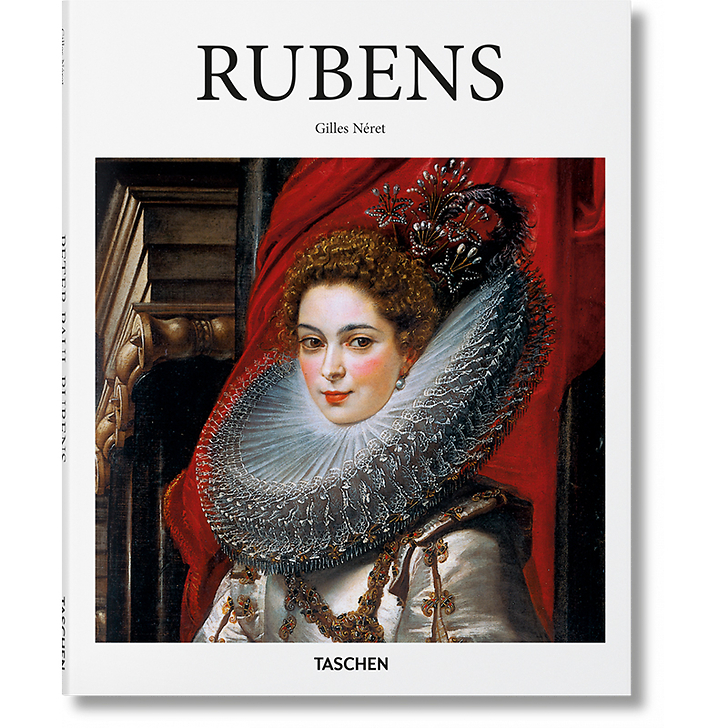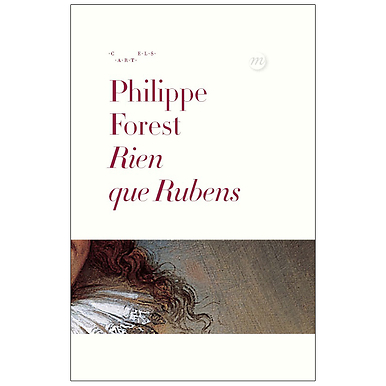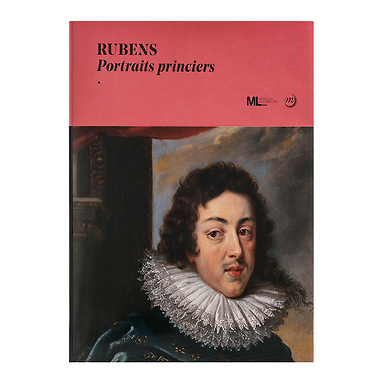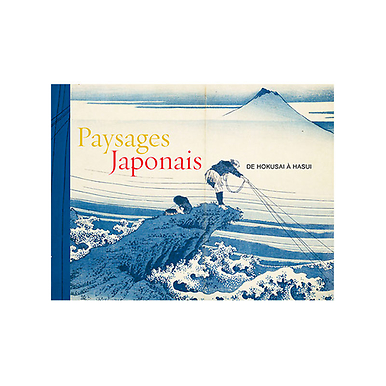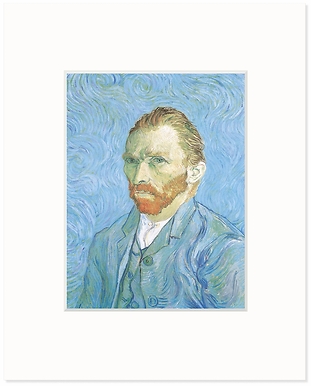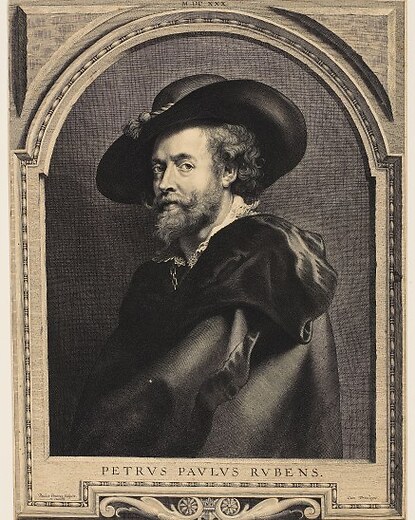Characteristics
- Number of pages
- 100
- Artist
- Petrus Paulus Rubens (1577-1640)
- Dimensions
- 21,7 × 26,6 × 1,4 cm
- Art movements
- 17th century, 16th century, Baroque
- Reference
- MX625079
- EAN
- 9783836545105
- Size of the book
- Paperback with flap
- Publication date
- 1970-01-01
Our selection
 Reviews
Reviews
MonCharivariLitteraire
3/5/18
Excellent livre de la collection Basic Art de taschen par Gilles Neret. Il apprend énormément sur Rubens et son oeuvre. je l'ai lu un peu après la chevauchée du flamand et j'ai eu la sensation de retr...Read more...
